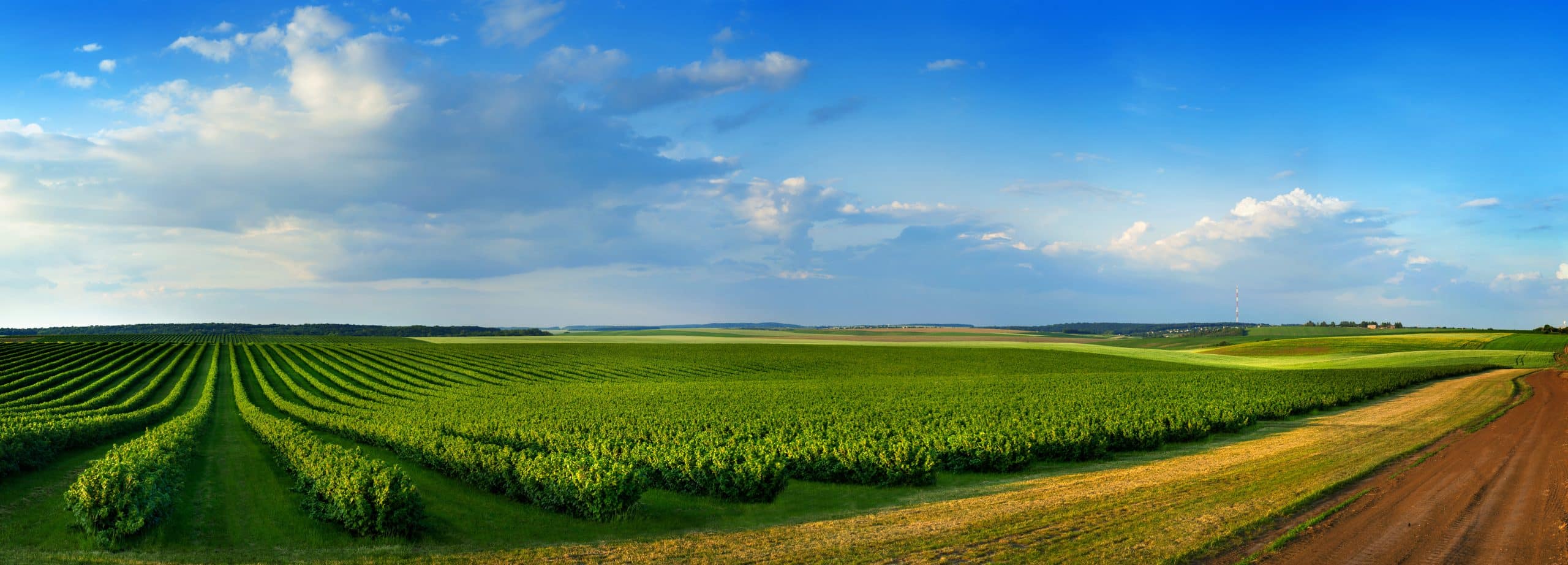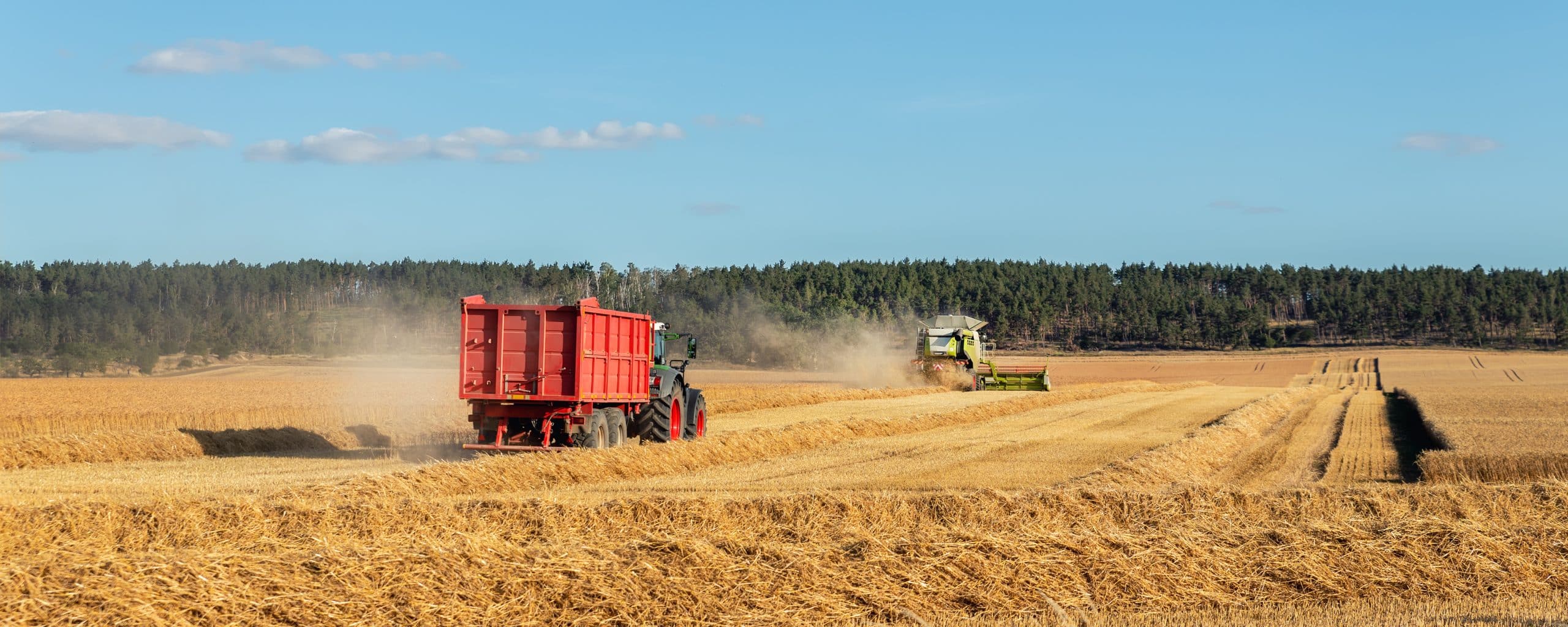Sustainable Agriculture
An economically and socially sustainable agriculture system can enable farms to be profitable and contribute to local economies. Such a system supports the next generation of farmers creating access to healthy food for all.


Agroecology the science of managing farms as ecosystems, by working with nature rather than against it, farms can avoid damaging environmental impacts without sacrificing productivity or profitability. Prioritising science that addresses the connection of environmental, economic and social factors, we can create a truly sustainable system.
Sustainability has many facets. Environmental sustainability, for example, means good stewardship of the natural systems and resources that farms rely on.
This includes:
- Building healthy soil and preventing erosion
- Managing water wisely
- Minimizing air and water pollution
- Storing carbon on farms
- Increasing resilience to extreme weather
- Promoting biodiversity
Through science and practice, the following farming practices have proven effective in achieving sustainability, especially when combined.
Rotating crops and embracing diversity. Planting a variety of crops can have many benefits, including healthier soil and improved pest control. Crop diversity intercropping (growing a mix of crops in the same area) and complex multiyear crop rotations.
Planting cover crops and perennials. Cover crops such as clover, rye, or hairy vetch are planted during off-season times when soils might otherwise be left bare, while perennial crops keep soil covered and maintain living roots in the ground year-round. These crops protect and build soil health by preventing erosion, replenishing soil nutrients, and keeping weeds in check, reducing the need for fertilizers and herbicides.
Reducing or eliminating tillage. Traditional ploughing (tillage) prepares fields for planting and prevents weed problems but can cause soil loss. No-till or reduced-till methods, which involve inserting seeds directly into undisturbed soil, can reduce erosion and improve soil health.
Applying integrated pest management (IPM). A range of methods, including mechanical and biological controls, can be applied systematically to keep pest populations under control while minimizing use of chemical pesticides.
Integrating livestock and crops. Industrial agriculture tends to keep plant and animal production separate, with animals living far from the areas where their feed is produced, and crops growing far away from abundant manure fertilizers. A growing body of evidence shows that a smart integration of crop and animal production can make farms more efficient and profitable.
Adopting agroforestry practices. By mixing trees or shrubs into their operations, farmers can provide shade and shelter that protect plants, animals, and water resources, while also potentially offering additional income from fruit or nut crops.
Managing whole systems and landscapes. Sustainable farms treat uncultivated or less intensively cultivated areas as integral to the farm. For example, natural vegetation alongside streams, or strips of prairie plants within or around crop fields, can help control erosion, reduce nutrient runoff, and support bees and other pollinators and biodiversity in general.

Building healthy soil and preventing erosion
Managing water wisely
Minimizing air and water pollution
Storing carbon on farms
Increasing resilience to extreme weather
Promoting biodiversity
Sustainable Agriculture
An economical sustainable agriculture system can enable farms to be profitable and contribute to local economies. Supporting the next generation of farmers.


Equestrian & Country ESTATE MANAGEMENT
Saxons House, 27 Duke Street, Chelmsford, Essex CM1 1HT
01245 201644
